In Amish country, an unlikely partnership with beef giant JBS roils community
EDON, OH – For 60 years, this one stoplight Ohio town has been known as a place where time appears to stand still. With more than 400 Amish residents settled in and around the rural community that straddles the Ohio, Indiana, and Michigan state lines, it has been common to see large families traveling by horse-drawn black buggies to and from farms where they milk dairy cows and grow corn.
Adhering to a strict religious doctrine that resists new technology, Amish farmers here spent decades largely eschewing industrial farming practices that have become common around the United States.
But that bucolic tableau of plain people earnestly cultivating the rich soil is eroding here, splintered by an industrial farm alliance between one of the area’s leading Amish farming families and JBS Foods, the world’s largest beef producer. Over the last two years, the partnership has established a mammoth vertically integrated concentrated cattle feeding operation that is confining more than 100,000 male calves and steers in large concrete, steel, and vinyl-covered feeding barns, and generating thousands of tons of solid manure each day.
The operations have prompted complaints of odor and contamination, and state investigators have found uncontained manure running off waste piles and out of barns, draining into streams and wetlands. Water samples collected by state inspectors contained high concentrations of nitrogen ammonia, a contaminant of manure. Following the inspections, regulators cited multiple farms for manure mismanagement, and issued modest penalties to some farms for failing to secure proper operating permits.
Nine Amish farms were cited for violations of manure management regulations in August alone. The state also ordered the largest mounds of manure, some towering two and three stories tall, to be removed. The cited farms are close to each other in Williams County, Ohio and are all owned by one extended Amish family.
Area residents say the manure contaminants, which are often spread on farm fields as fertilizer, are leaching into waterways, polluting streams, lakes, and the St. Joseph River. Water samples collected by two area environmental groups showed persistently high concentrations of nitrates, phosphorus, and dangerous E-coli bacteria in streams and lakes in the region. The animal waste is considered a source of the pollutants that cause an annual toxic algae bloom in Lake Erie.
Five years ago, Ohio launched a $172 million multi-year project aimed at bringing algal blooms under control by encouraging farmers to to limit contaminants coming from their farms. But with the new large feeding operations on multiple farms, the effort seems doomed, critics say.
The situation outrages Sandy Bihn, executive director of Lake Erie Waterkeeper, who has worked for decades on regional, national, and binational groups to cure the lake’s annual toxic bloom.
“How is it possible to let 100,000 animals, and all the nitrates and phosphorus that they produce, come into the watershed that we’re investing millions and millions of dollars, if not billions of dollars to protect?” Bihn said. “This just shows how meat and JBS are able to control the system.”
Neither the family farm owner, Noah Schmucker Jr., nor JBS executives, agreed to an interview for this report. Executives of Wagler & Associates, an Indiana construction company heavily involved in building the feeding barns, declined to be interviewed.
When asked about the concerns, Ohio Department of Agriculture Director Brian Baldridge said the agency would continue to “engage with all property owners to ensure they are following Ohio laws and rules.”
Nationwide concerns
The development in Edon of what is commonly called a concentrated animal feeding operation, or CAFO, comes amid growing efforts by communities around the nation seeking to block or limit CAFOs because of known public health and environmental hazards the operations create. CAFOs are responsible for producing most of the nation’s milk, meat, and eggs, but the massive discharges of manure and other wastes from CAFOS are a primary source of serious water pollution problems, according to state and federal assessments.
Phosphorus from hog, dairy, and poultry CAFOs have been linked to annual toxic algal blooms in Lake Erie, Chesapeake Bay, Lake Champlain, and other iconic American waters. The tide of nitrates from CAFO wastes in Mississippi River Basin states are a major cause of the expansive dead zone in the Gulf of Mexico. The US Environmental Protection Agency last summer sued three big dairies to control manure wastes contaminating groundwater in Washington state, and has directed state authorities to halt pollution from CAFO wastes in Minnesota, Wisconsin, and Oregon.
California critics of CAFOs put the issue to a vote in Tuesday’s general election, seeking to make Sonoma County the first in the nation to ban CAFOs, also called “factory farms”. The measure failed in the face of stiff opposition from farm and business interests.
“Our bread and butter”
For those living in and around Edon, the concerns run deep. The region’s more than 100 lakes are a “legacy” now being spoiled, according to Susan Catterall, a mother of five from the area who has become a leader of an environmental coalition opposing the large cattle feeding operations.
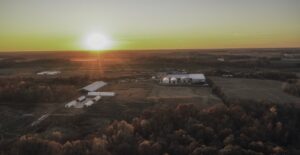
“It our bread and butter, our tourism dollars. It’s our heritage,” she said. “It’s being spoiled. We’ve got farms polluting our county with an unbelievable amount of manure.”
According to public documents outlining the business plan for the cattle feeding operations, the area Amish farms are raising male calves sired by Angus bulls and born to Holstein cows from dairies in neighboring states. Some 3,000 calves arrive weekly to be fed for several months, as 3,000 market-ready cattle weighing 600 pounds to 700 pounds leave weekly to be fattened at finishing feed yards.
Their eventual destination is JBS’s processing plant in Plainwell, Michigan where an average of 1,400 cattle are slaughtered daily. Animals with 51% or more black hides can be marketed by JBS as higher-priced, certified “choice” and “prime” Angus beef.
Competitive concerns
Buggies, beards, and plain dress still help to identify Amish farmers in the region, but the farmers now co-exist with dozens of big concrete, steel, and vinyl cattle feeding barns and more under construction.
Trucks hauling calves and cattle now crowd the highways and the narrow dirt farm-to-market roads. And manure piles rest like sleeping beasts beside confinement barns.
The odor and pollution tied to the cattle feeding operations is but one area of concern. Some observers say that as JBS and other corporate beef suppliers increasingly establish these contracted, dedicated supply chains with certain farmers, other farmers lose their ability to compete in an open competitive market, and eventually their livelihoods.
“The cattle industry is really the last frontier,” said Bill Bullard, a former rancher in South Dakota and chief executive of R-CALF USA, an independent cattlemen’s trade association.
“We still have approximately 20% of cattle still marketed in an open competitive cash market or spot market. What’s at risk here is that these vertically integrated systems are going to extinguish the cash market in the cattle industry. Just in the last five years, we’ve lost nearly 107,000 independent beef cattle operations They’re dropping like flies.”
(Featured photo by Keith Schneider.)
(This report, co-published with Circle of Blue, is part of an ongoing series looking at how agricultural policies are affecting human and environmental health.)
(Keith Schneider, a former New York Times national correspondent, is senior editor for Circle of Blue. He has reported on the contest for energy, food, and water in the era of climate change from six continents. )
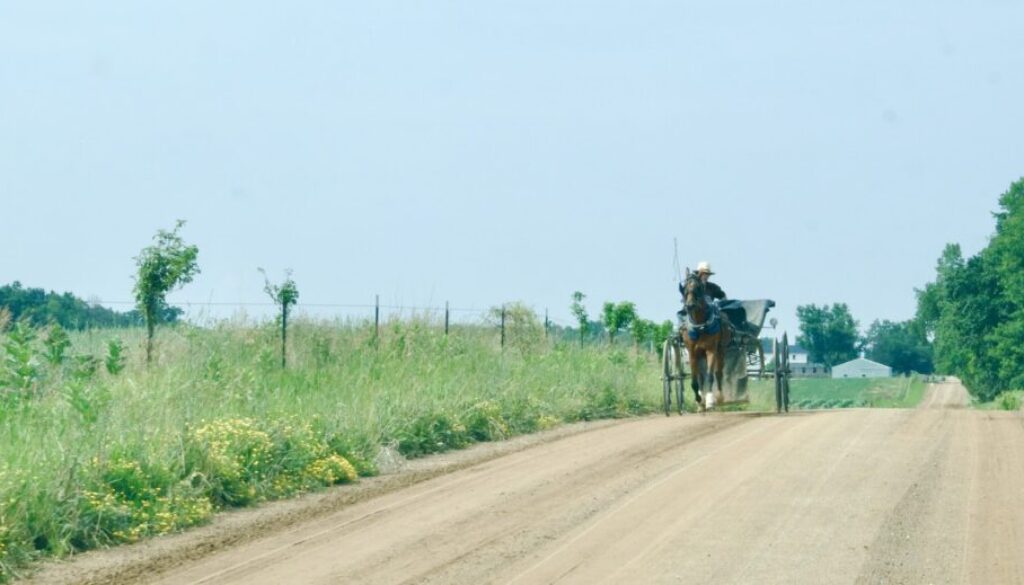
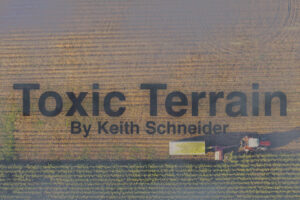
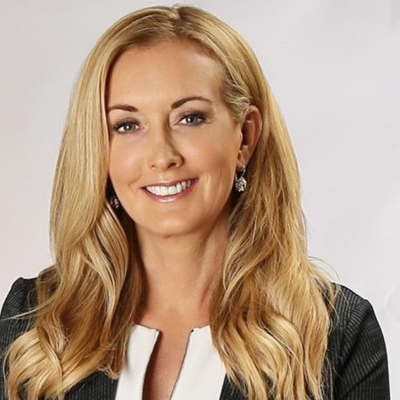
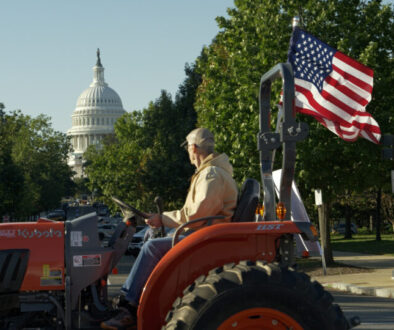

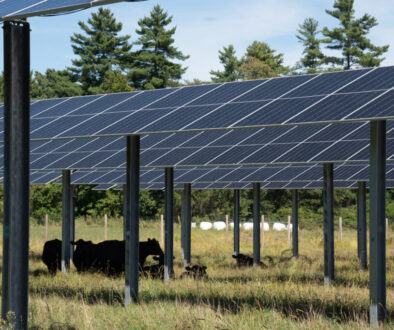
November 13, 2024 @ 8:37 am
So very important to have this type of information out in the open. It is vital for every person to be informed. And then every person, family or neighborhood to get involved in addressing the situation. It will not solve itself..
Many thanks to the people heading up the efforts to work on this problem. It affects everyone as the results of the polllution travels very far.
Please let’s keep after it. Support the EPA & other involved groups.